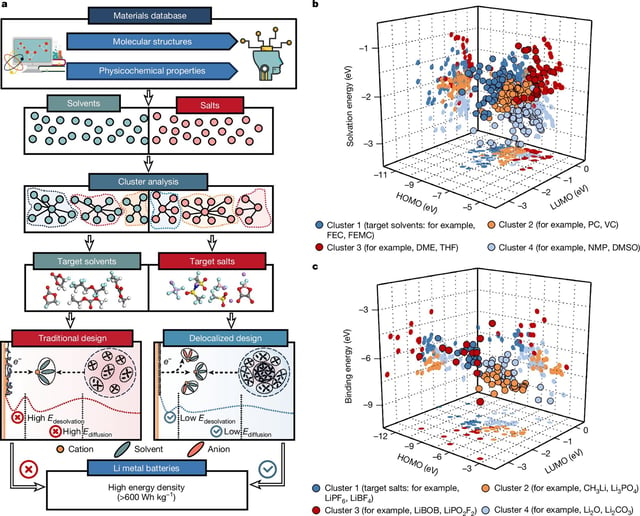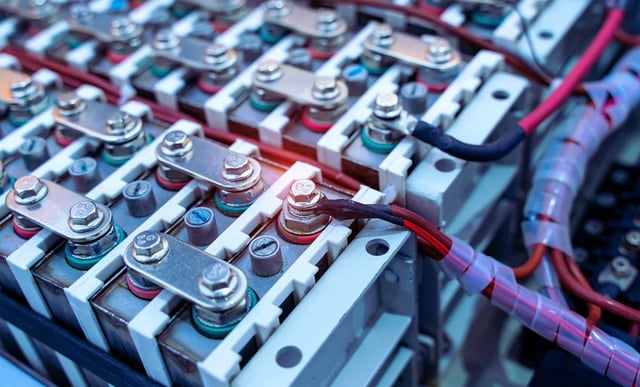Overview
- The reported pouch cells delivered 604.2 Wh/kg, roughly twice Tesla’s top cells at about 300 Wh/kg and above China’s 400 Wh/kg target.
- The team designed a “delocalized electrolyte” that creates a disordered solvation microenvironment to ease ion transport and stabilize interphases.
- Laboratory tests showed stable operation for more than 100 cycles, no ignition under open flame, and functionality at −60°C.
- The authors say the technology has been used to produce high‑energy lithium‑metal batteries for drones.
- The work remains proof‑of‑concept and requires scale‑up, longer cycle‑life validation, manufacturing controls, and real‑world safety testing before broad adoption.

